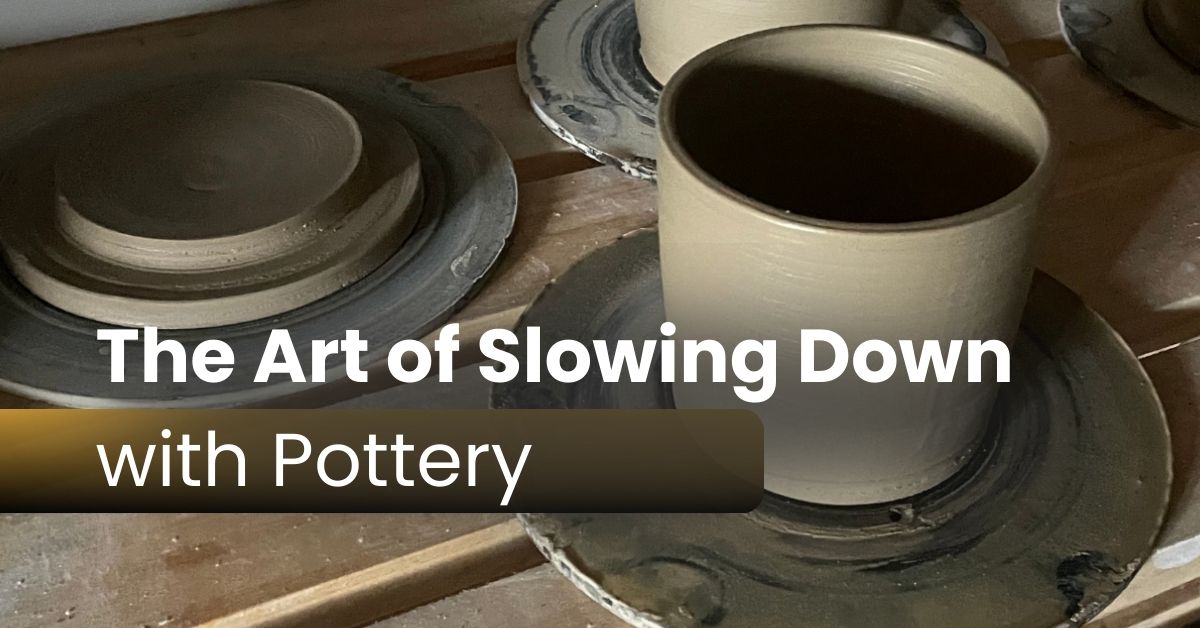An extraordinary revelation has taken place near Whitianga, where a remarkable collection of fossils has been uncovered, shedding light on the prehistoric vegetation and ancient climate of the Coromandel region. The fossils were found by Dorothy and Ian Meredith and Kath Garland within the clay banks of their property, which were once layers of mud at the bottom of a long-gone lake. Little did they know that their casual fossil hunting excursions with exchange students, children, and grandchildren would lead to a significant scientific discovery.
The turning point came when the families watched a television program highlighting the remarkable Foulden Maar fossil site in Otago. Intrigued by the similarities between their findings and those at Foulden Maar, they decided to seek expert guidance. Otago University geologist Daphne Lee was contacted and quickly recognized the potential value of the fossils for scientific research.
To further explore the significance of their discovery, the families enlisted the expertise of Auckland palaeontologist Bruce Hayward and palaeontologists from GNS Science. These specialists visited the property to collect samples of the fossils for detailed analysis.
Coromandel’s prehistoric landscape experienced a dynamic interplay of violent volcanic eruptions and moments of tranquility when lakes formed. During the periods of calm, layers of mud settled on the lake floor, creating the ideal conditions for the preservation of leaves. These layers, now transformed into clay banks, have revealed a fascinating glimpse into the past.
Dr. Liz Kennedy from GNS Science, whose research revolves around climate reconstruction of the Miocene Epoch (23 to 5 million years ago) through leaf fossil analysis, expressed her excitement about the find. By studying the size, shape, and characteristics of the fossilized leaves, researchers can infer the climatic conditions prevalent during the plants’ growth. This information aids in reconstructing past land climates and provides insights into the climate patterns of that era.
Dr. Kennedy extends an invitation to the people of Coromandel, encouraging anyone who has discovered fossilized leaves to come forward. The Miocene Epoch was a time of warmer climate compared to the present, and the ancient plants hold valuable clues about the potential climate scenarios we may face in the coming centuries if carbon emissions are not curtailed. This study forms part of an ongoing research initiative by GNS scientists, utilizing the local geological record to enhance our understanding of the potential impacts of future climate change.
The chance discovery of fossils in the clay banks near Whitianga has unlocked a rich source of knowledge about Coromandel’s prehistoric vegetation and past climate. Through collaboration with experts and the dedication of passionate individuals, these fossilized leaves have provided invaluable insights into the ancient landscapes of the region. By studying the fossils, researchers aim to reconstruct past climates and raise awareness about the potential consequences of unchecked carbon emissions. The ongoing research conducted by GNS scientists highlights the importance of using geological records to deepen our understanding of climate change and its impacts.
Cover picture: Galaxias effusus from Foulden Maar is the oldest known species of Galaxias, the group to which whitebait belong.






